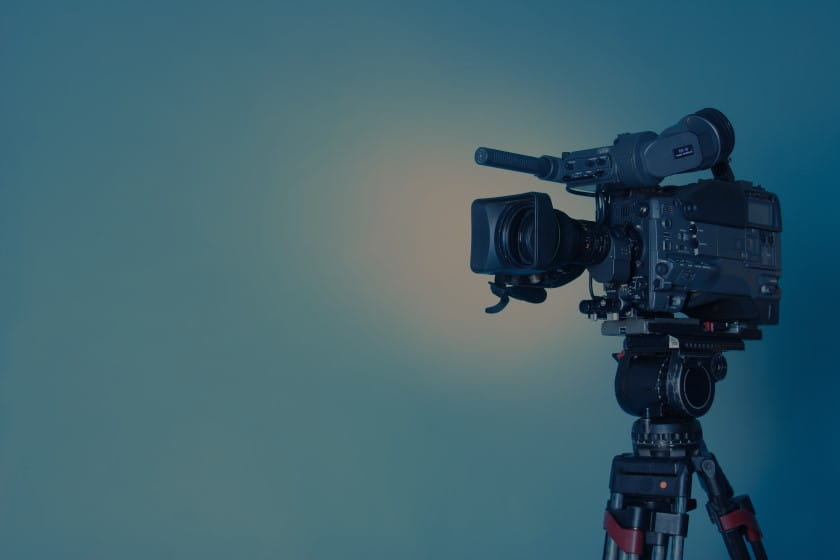Monday 10 November 2025
- Thought Leadership
From script to screen - Managing the silent legal risks for Production Companies

As someone with decades of experience underwriting Media, Film and TV risks, Ros Breese, Underwriting Director - Media, Film & TV, has seen firsthand how the legal and financial exposures facing content creators have intensified, particularly in recent years. The creative process is now taking place in a landscape where a single storyline, image or reference can quickly escalate into a legal dispute, even when no intentional wrongdoing has occurred.
That is why Errors & Omissions (E&O) insurance has shifted from a contractual requirement in the background to a critical part of any production’s risk strategy.
Understanding what E&O really protects
E&O insurance is designed to protect the content of a production, including everything the audience sees or hears, whether it’s a scripted drama, documentary, feature film, podcast, or short-form online content. This includes dialogue, images, music, archive footage, stills and the title itself.
The risks E&O responds to are typically legal in nature, such as:
- Defamation
- Breach of privacy
- Intellectual property infringement
- Misuse of confidential information
However, it does not cover physical production risks such as equipment damage, cast injury or location issues, focusing instead on the legal liabilities arising from the creative output. Policies can be arranged for individual productions over a multi-year period or structured to cover a company’s output over a 12-month cycle.
Timing matters more than you think
Although E&O insurance is often triggered by contractual requirements from broadcasters, distributors or platforms, waiting until a project nears completion can create challenges. By that stage, content may already contain elements that present legal obstacles, making it harder to secure cover or requiring costly edits or rewrites.
The increasing importance of this cover is reflected in wider market growth. In 2024, the
global media liability market (which includes E&O) was valued at $4.2bn, and is forecast to climb to $7.8bn by 2033, reflecting a rise in the volume of content being produced and the risks attached to the sector.
It’s also important to recognise that a claim does not need to be successful, or even particularly strong, to be financially damaging. Without access to the kind of specialist legal support an E&O policy provides, the defence process itself can be expensive and time-consuming.
One example involved a documentary producer using a photographer’s images without permission. Although the producer could ultimately defend the case successfully under Fair Use/Fair Dealing, the legal defence costs exceeded $75,000, highlighting that even speculative or unsuccessful claims can carry real financial consequences.
This is just one example, and different types of content attract different levels of legal scrutiny:
- Documentaries involving real individuals or corporate subjects, particularly where wrongdoing is suggested, carry the highest risk.
- Dramatised accounts of real-life events also create exposure when facts are adapted for dramatic effect, potentially blurring truth and fiction.
- Fictional productions, while lower risk, are not immune as claims can still arise if a character or narrative can be viewed as a thinly veiled depiction of a real person or organisation.
Risk management as an operational discipline
It’s a sector where brokers, lawyers and underwriters work alongside production companies to pinpoint and manage exposures ahead of any underwriting decision, and this process can include:
- Script or edit reviews to assess potential defamation or intellectual property concerns.
- Title searches to confirm availability and avoid confusion with existing works.
- Fair Use/Fair Dealing assessments where third-party content is used without explicit licensing.
- Negative checks to ensure names or brands appearing in the production are unlikely to be associated with real individuals or companies.
These steps are far more effective when embedded early in the process rather than treated as a post-production compliance exercise.
A proactive approach is becoming essential
E&O insurance is no longer simply a tick-box exercise to satisfy contractual requirements. It now forms part of a broader risk strategy that enables creative teams to produce confidently while managing legal uncertainty in an increasingly challenging environment. Engaging early, seeking expert guidance and embedding risk awareness throughout production gives organisations the best chance of ensuring that content makes it to screens without legal disruption.
For more information, please visit our Media and Film & TV pages.





